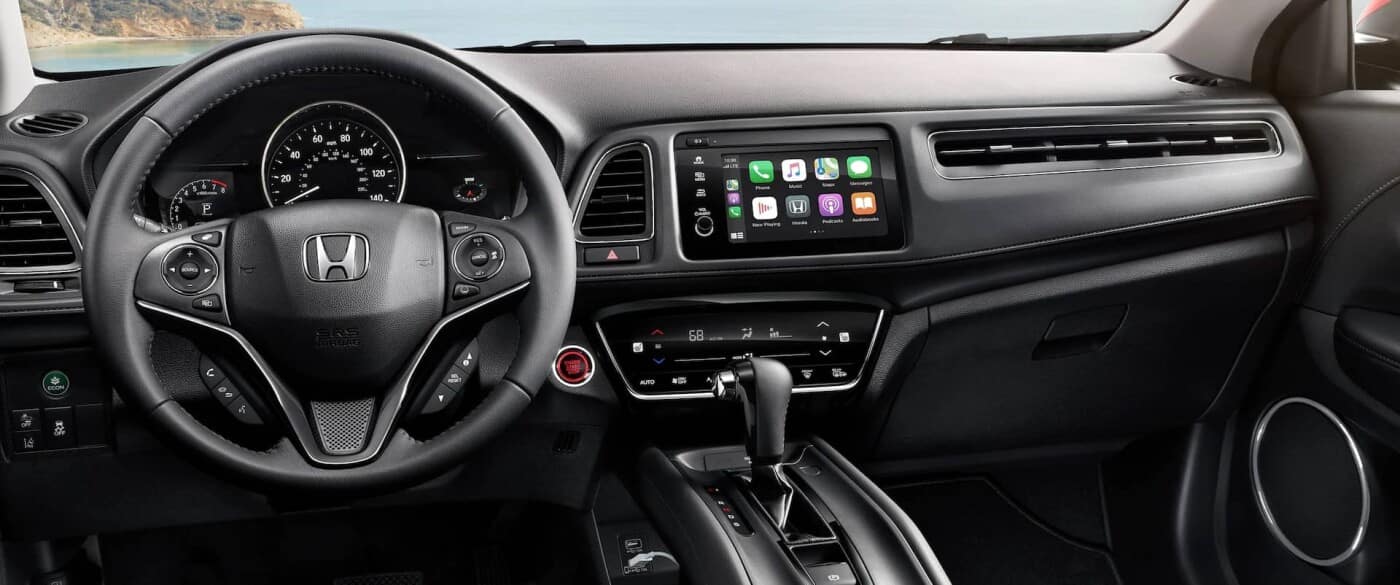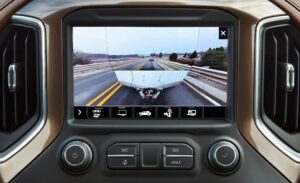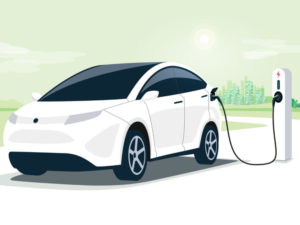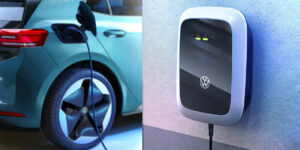Troubleshooting Honda Check Engine Light

Troubleshooting Honda Check Engine Light
I’m pretty sure that if you are a Honda car owner, you have faced the issue that when ‘Check engine light’ occurs and stay on. No matter how hard you checked and tried this issue won’t be fixed normally. This happens when you Honda car’s On-Board system, if not OBD system has identified an issue with your motor car’s engine, or your car’s programming or your car’s radiation system.
In this article we provide you,
- The symptoms,
- How to diagnose those indications,
- Other mutual issues regarding Honda,
- Mutual liability codes.
But don’t worry. If you see this prompt while driving you don’t need to pull over. Just continue the ride if you don’t get any performance issues. That continuously stays mean the issue occurred in the present time.
But you have to stop the driving immediately if you see the oil light or the overheating indicator. And if you check engine light keeps flashing or turning on and off that might be a serious issue. That can cause misfires and serious performance laggings.
You may notice reduced regulate reactions and jiggling of the engine. It is not recommended to drive your Honda when the test engine light is on. Driving a car when the engine light is on will damage your performance converter and cause the engine to overheat.
Indications
In addition to the upcoming CEL light engine (CEL) light, you may notice the following.
- Engine Movement
- Rough Idle
- Uninstallation System Problem Message dashboard
- Engine light checking.
- Honda engine is not very efficient.
- Poor acceleration
- It is difficult to climb
- The car will not start
- Honda dies when put into gear.
In some cases, a Honda check engine light may appear, but no other indicators are present. This can be the case with open gas.
How to Get Honda Check Engine light-weight.
Once your Honda check engine light is on, the primary factor you, your mechanic, or dealer ought to do is scan the engine codes victimization the OBD-II scanner. Honda-specific scanners can offer a lot of data and scan for more programs than a customary scanner. The code will provide you with an honest plan of what makes the take a look at engine light endure
Steps
- Firstly, find the OBD-II port below the dashboard, the driver’ side.
- Secondly, connect your OBD-II scanner
- Thirdly, flip on the ignition.
- Enable your scanner to open and connect with the Engine management Unit (ECU).
- Choose scan codes from the most menu.
- Next select Current Codes.
Your 1st code in Honda can appear, like P0300 – Cylinder Misfire.
- Scroll up and all the way down to see all saved codes.
- Write down the code and look for the error code online.
If you are doing not have an OBD2 scanner, visit a Honda dealer or automotive mechanic. Automotive elements stores akin to Advance motor vehicle elements and motor vehicle zone will scan the codes for free.
Common issues
Let’ take a glance at some common drawback that triggers Honda check engine light-weight to remain on.
01. Element detector
O2 sensor acting below potency could be a widespread problem that may cause your Honda check engine light to return on.
02. Unfastened gas stopper in Honda
An unattached or lost gas cap will prompt your Honda check engine light to come on. If you don’t notice any performance problems and check engine light isn’t flashing, tighten the gas cap and continue driving.
If that’ all that there is, your Honda check engine light will reset on its own among a few of days.
03. Convertor
If they’re part clogged, chemical change converters will trigger the check engine light-weight to return on in your Honda.
You’ll notice that the automotive will shake additionally to the check engine light. The engine runs rough. Also, these symptoms are going to be worst once fast or attempting to travel uphill.
04. Spark Plugs
Honda cars last a protracted time, however, spark plugs don’t. Several Honda house owners don’t understand that spark plugs have to be compelled to be modified between the 60,000 and 100,000-mile mark.
If spark plugs are not modified at the counseled interval, they’ll eventually begin to wear or, even worse, stop working. Once they fail, they will throw misfire fault codes comparable to P0300 and cause your engine to shake.
05. Transmission issues
Even if Hondas are quite reliable, some models, such as the Honda Odyssey or Honda Accord, were vulnerable to having transmission problems.
Once the transmission starts to fail or slip, you’ll find yourself with a check engine light-weight on and a fault code within the P0700-P0799 vary indicating a transmission problem.
06. Fuel Pump
Honda auto motives also are famed to possess problems with the fuel pump. Fuel pump issues don’t perpetually trigger the check engine lightweight. You’re additional possible to expertise no begin condition or intermittent beginning problems. A foul fuel pump will be tough to diagnose early as a result of the car could seem to run ok. A fuel pump getting down to fail throws a multiple cylinder misfire code P0300 before it utterly stops operating and prevents the car from starting.
The Honda check engine light may be remarked as a shortly light or malfunction indicator light. Gravity fault Codes as you browse your Honda check engine lightweight with an OBD-II scanner, you may get a fault code that starts with P____.
Let’s take a glance at a number of the foremost common Honda engine codes.
P0456 (Evaporative Emissions System – tiny leak detected in Honda)
- Besides the apparent loose fuel tank cap, this code may be caused by cracks in EVAP hoses or vapor canisters. Expulsion regulators or container opening regulator can be faulty, also.
- The simplest thanks to notice a fault is to check the entire system with a smoke generator machine. Connect the smoke machine to the EVAP hose on the manifold and visually check wherever the smoke comes out.
P0420 (Catalyst System potency Below Threshold in Honda)
- If you have got this code in your Honda, it means your downstream O2 device’ readings show that the number of chemical element within the exhaust is incorrect. A faulty converter will cause this. However, you will even have false readings caused by a nasty O2 sensor or broken sensor wiring.
- Also, exhaust leaks or incorrect ignition temporal arrangement can cause this code. It’s wise rule out of these potentialities before ever-changing the substance change converter, as they’re costly.
P0141 (Heated oxygen sensor 2, bank one heater feedback circuit malfunction in Honda)
- The downstream O2 sensor in your Honda have an integrated constituent to assist it reach operational temperatures as presently as possible. It can go unhealthy from usage over the years or be broken by contaminants, equivalent to water.
- Before ever-changing the sensor, check the fuse within the engine bay. Also, visually examine the connecter and wiring for damage.
P0740 (Transmission Lock-Up system Fault in Honda )
- Your Honda is provided with a tool that locks up a torsion converter. This reduces transmission losses and will increase fuel economy. Code P0740 indicates that this method isn’t operating properly. This will be caused by one thing easy as low transmission fluid level or dirty transmission fluid.
- However, it’s quite common for a convertor clutch coil valve to fail. Another chance could be a broken valve harness. On some Honda vehicles, the P0740 code could also be set by a warming torque converter drawback caused by a short flow to the torque converter unleash circuit.
P0401 (Toxic gas discharge in Honda)
- Honda, like many other cars, has a gas exhaust system. This is aimed at reducing pollution. Insufficient flow through this system can be caused by a blocked or broken EGR tube or an improper EGR valve.
- Another possibility is a machine-related problem, as the EGR valve operates through a vacuum. Check the drain pipes. Finally, the EGR separation pressure sensor may fail. To confirm this, check the power of the sensor. You should get readings between 0.8 and 1.0 volts.
P1457 (Evaporative EVAP Canister System Leak Discharge System in Honda)
- This code is very similar to the P0456 mentioned earlier. This means that the same causes are the same, from fuel issues to EVAP system cracks and leaks.
- However, there is one thing that stands out. EVAP purge control solenoid and two-way bypass valve are the most common causes of this code. Also, the fuel tank pressure sensor may fail.
P0137 (Oxygen Sensor Circuit Low Voltage B1S2 in Honda)
- If you find this code in your Honda Accord, CRV, Civic, Odyssey, there is a good chance that the oxygen sensor has failed. It is best to check the resistance of the O2 sensor to ensure that the oxygen sensor is the culprit.
- Some Honda owners go ahead and change the sensor without checking it, thinking it’s always bad. Other possible causes of P0137 include O2 sensor cord damage, engine malfunction, and fuel pressure too low.
Do you have any more to add to this article? Let me know. I’ll happily do another article.
“Do you think this is helpful? If so, please share this article on Facebook, LinkedIn, etc. And we warmly welcome your queries, comments, and suggestions. Feel free to contact us. You can join our community and open help Topic under the automobile. It’s totally free! And, please don’t forget to like our Facebook page. Thank you very much! Have a nice day!”
Read more: Troubleshooting Nissan Check Engine Light
BMW Common Fault Codes and what they mean
Lucas Noah, with a Bachelor of Information Technology (BIT) degree, is a prolific writer known for his expertise in the tech world. Currently, he brings his wealth of knowledge to Creative Outrank LLC and Oceana Express LLC, enriching their websites with hi... Read more


